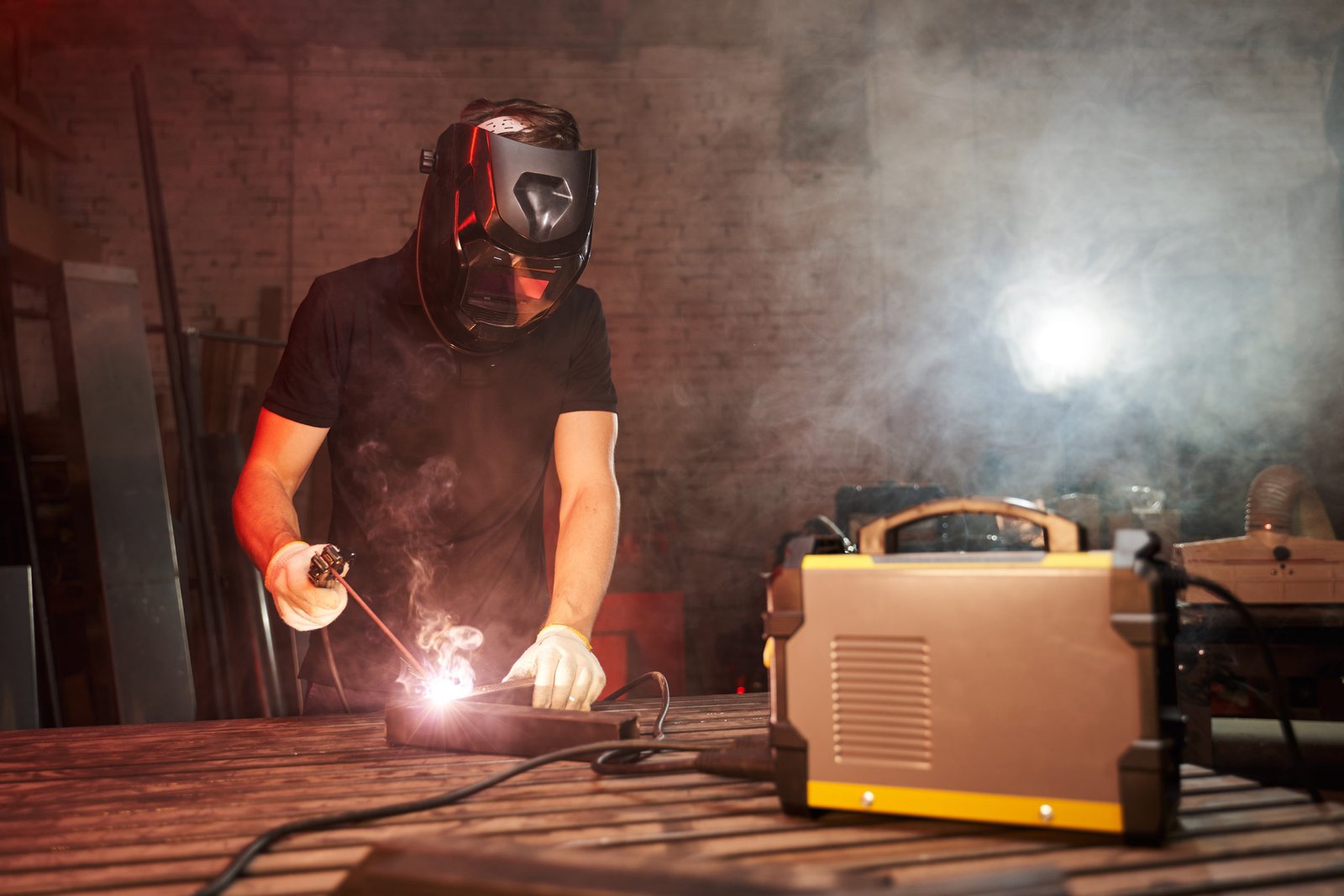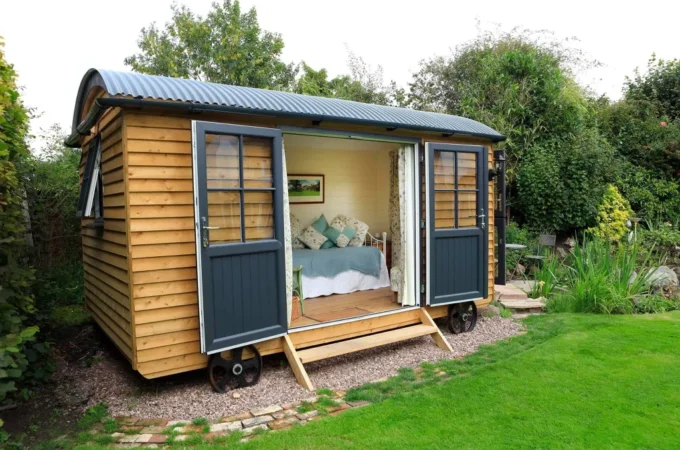
5 Tips For Choosing Home Welding Equipment
Welding involves the joining of metals. The process works by melting the workpieces to join together. It creates a durable joint that forms a connection different than soldering or brazing.
Regardless of your main objective, whether you want to fix metals or work with metal on the job, you’ll need a welding machine. An effective way to join metal pieces together is using the correct type of welding machine. Today, most find it challenging to choose a suitable machine due to the varieties available.
Some of the popular welding equipment in the market include metal inert gas (MIG), tungsten inert gas (TIG), shielding metal arc welding (SMAW or stick), and oxy-acetylene welders (gas or oxyfuel). Today, you might also find more versatile, multi-process welding machines capable of welding with more than one process. Depending on the welding machine you have, you can even use a MIG model as a plasma cutter with the correct settings. If you’re interested in knowing more about welding and plasma cutting, you might want to check out this interesting blog post.
Consider these aspects if you want the buying process to be manageable:
Think About The Metals You’ll Use
Generally, the welding process can tackle carbon steel, aluminum, and stainless-steel materials. Carbon steel is one of the widely used materials today and compatible with most welding machines, along with the capability to handle any excess heat. When it comes to stainless steel, it’s compatible with MIG or TIG welding machines and doesn’t require much strength to operate as carbon steel. Aluminum will need a MIG welding machine, which is more complex.
If you’re working with thicker metals, you need more current to ensure a joint with a durable connection. Remember that the price of a welding machine depends on the power it produces. With this in mind, it’s essential to know the thickness of the metals you’ll be working with.
Since all elements have a distinct nature of work, it’s best to know more about the nature of the metal you’ll be working with before choosing a welding machine.
You can buy carbon steel and aluminum stock products online. Just make sure that your buying metal stocks from a reputable supplier to ensure high quality, preventing weld failure and other related risks. Compare the quality, prices, and products of your prospective suppliers before making a purchase. In addition, you can also check out some customer reviews before choosing your supplier.
Gas Requirements
The various types of welding processes require a specific compressed gas. Popular compressed gases across multiple welding processes include argon, oxygen, and carbon dioxide.
Different gases or combinations are necessary for various welding processes. In a MIG welding machine, the type of gas to use will depend on the method, welding position, base metal, and environmental conditions. A TIG welding machine will require pure argon, but specific applications will require helium. As for oxyfuel welding, it needs fuel gas and oxygen.

Location
When selecting a welding machine, the location where you’ll be performing the welding process is also a consideration.
In an ideal setting, a welding workshop must be on the ground floor level. It should have plenty of space for equipment storage and enough elbow room to work comfortably with less obstructions. It should also provide easy access to escape routes during emergencies and facilitates material transport. A well-ventilated welding workshop should have a room height of at least four meters.
If you’re welding indoors and plugging the machine into the wall, the choices are the 110/120-volt AC or 220/240 volts AC. In case you’re welding outdoors and lack access to the power grid, you need an engine-driven welder or welder generator.
Know The Key Features
If you’re buying welding equipment for the first time, consider a few crucial aspects:
Duty Cycle
It indicates how much continuous welding a machine can produce in 10 minutes. Generally, the duty cycle is the number of minutes out of a 10-minute period a welder can hold at the highest current the machine delivers. Once it reaches the limit, you need to allow the machine to cool down for the remainder of the 10-minute duration.
When selecting a machine, go for a model with a higher maximum current than what you’ll need. With this approach, you can conveniently increase the duty cycle at the amps you need to use.
Open-Circuit Voltage (OCV)
It’s the voltage coming from an arc welding gun or torch if the current isn’t flowing. Due to the danger of serious injury, there are limits on the OCV on equipment. On the other hand, the OCV can affect how a torch electrode performs when striking an arc.
Thermal Overload Protection
Make sure you’ll buy one with this feature which automatically cuts the output power to the gun or torch if the circuit inside starts to overheat. The fan or any cooling mechanism will continue to disperse the heat.
Budget
The type of welding machine you purchase should be suitable for the activity you’ll be working on. Try to think about your objective and consider opportunities to make the most out of your welding machine.
You should also consider the varying amperage and power requirements as well as the duty cycle necessary for the effective use of the machine. Aside from the machine, consider the costs for protective accessories and supplies to operate the welding machine such as the helmet, jacket, gloves, consumables, and gas.
Welding Safety Equipment
Aside from the welding machine itself, it’s crucial to prepare the right welding safety equipment you’ll need before welding. Welders usually deal with molten metals, scathing ultraviolet or infrared lights, noxious fumes, and other safety hazards. Therefore, it’s imperative for welders to wear the right safety equipment to protect them from untoward accidents and just focus their attention on their welding projects.
Here’s a quick list of welding safety equipment every welder should have:
- Welding helmet (preferably auto-darkening welding helmets)
- Other face and eye protection (such as hand-held face shield and goggles)
- Safety glasses (choose a national standard compliant safety glasses)
- Gloves (flame-resistant)
- Body protection (jackets, aprons, sleeves, etc.)
- Welding hats
- Respirators
- Leather work boots
Final Thoughts
Purchasing welding equipment for the first time can be challenging. Remember that it all comes down to finding what device best fits your needs. If you’re having a hard time, considering these guidelines would be valuable in finding the right one for your needs, whether it’s a stick, TIG, or MIG model.




